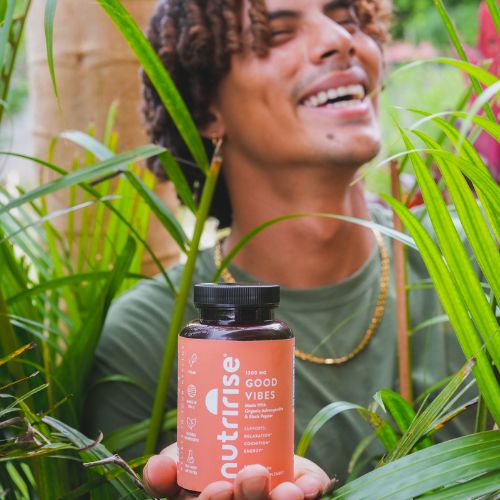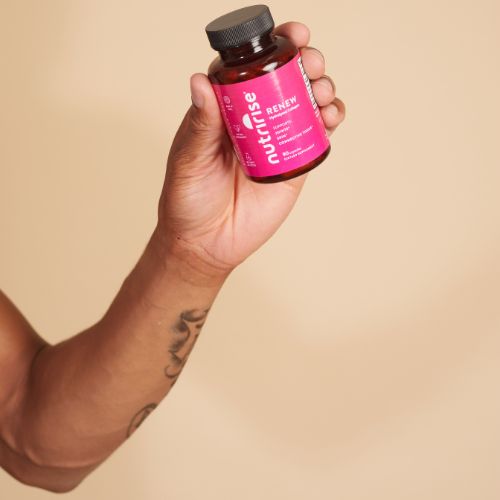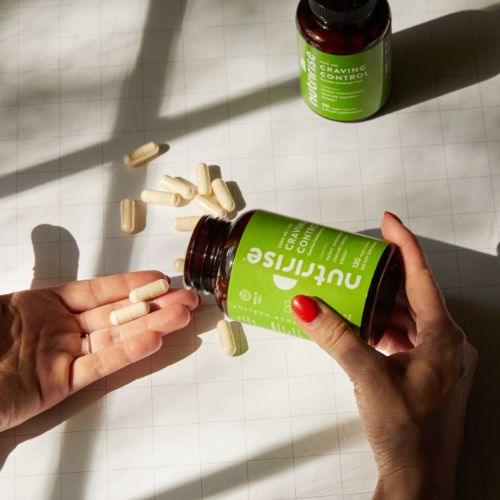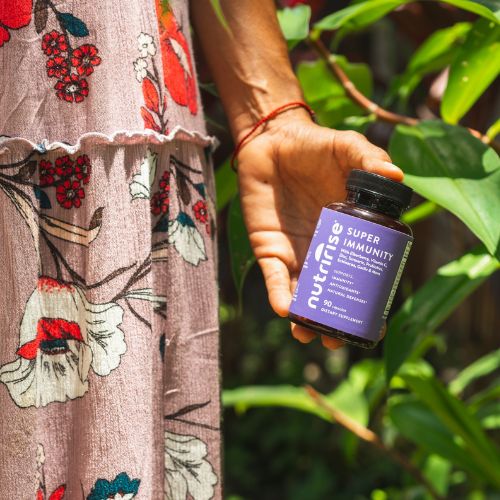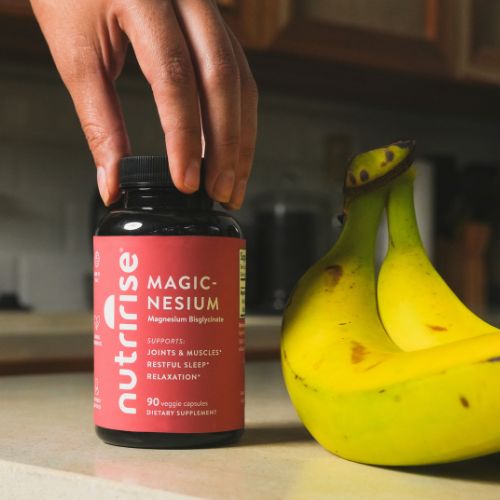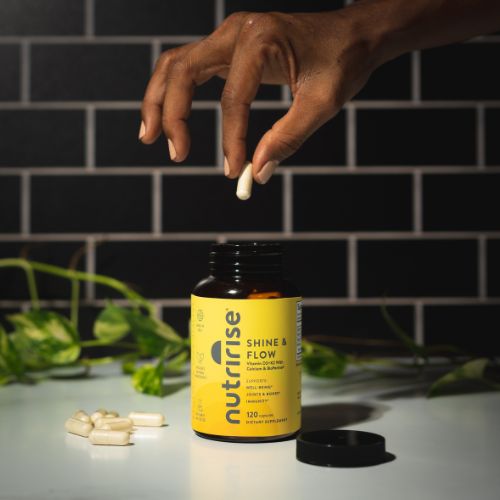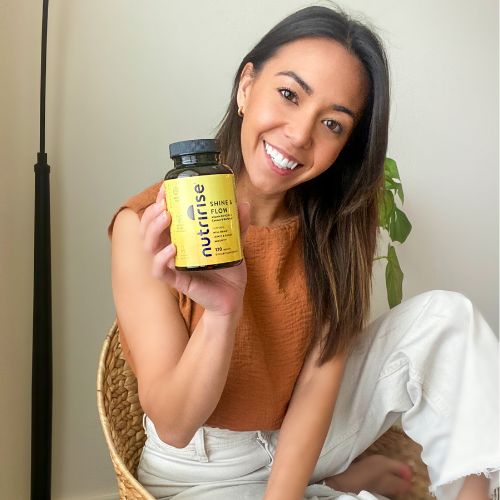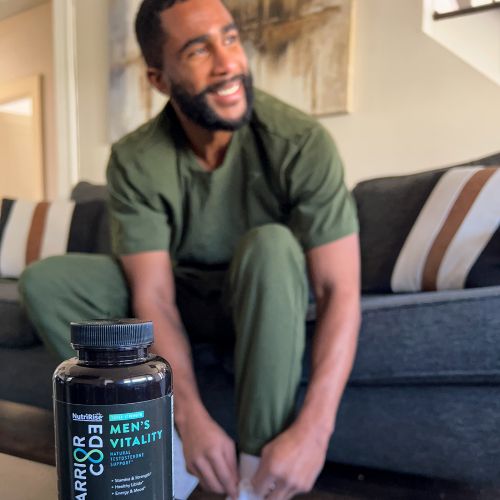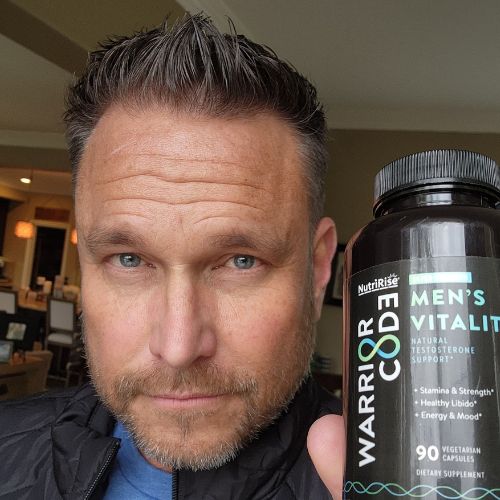Glucosamine, an amino sugar, is a common supplement used for joint health, particularly in managing arthritis symptoms like knee pain. It works by enhancing joint lubrication and reducing cartilage breakdown. Most supplements are derived from shellfish or fermented corn, with glucosamine sulfate being the most effective form. The recommended intake is up to 3000 mg daily, divided into 2-3 servings. Despite its safety, individuals with shellfish allergies should seek medical advice before use. Supplements combining glucosamine with ingredients like chondroitin show promise in relieving joint pain and stiffness.
Glucosamine is arguably the most popular supplement for joint health worldwide. It is often used alongside other natural remedies such as chondroitin, turmeric, ginger, and Boswellia.
Scientific research shows that glucosamine can reliably support joint conditions such as knee osteoarthritis.
Osteoarthritis is the most common form of joint disease (arthritis), and scientists believe it occurs due to the wear and tear of the joint cartilage. These collagenous structures cushion your joints.
As joint cartilage degenerates, it leads to joint stiffness, pain, inflammation, restricted mobility, and reduced quality of life.
In this article, you will learn more about the science behind the most popular natural joint supplement and the management of osteoarthritis, including its effectiveness, safety, and how to take it for the best results.










